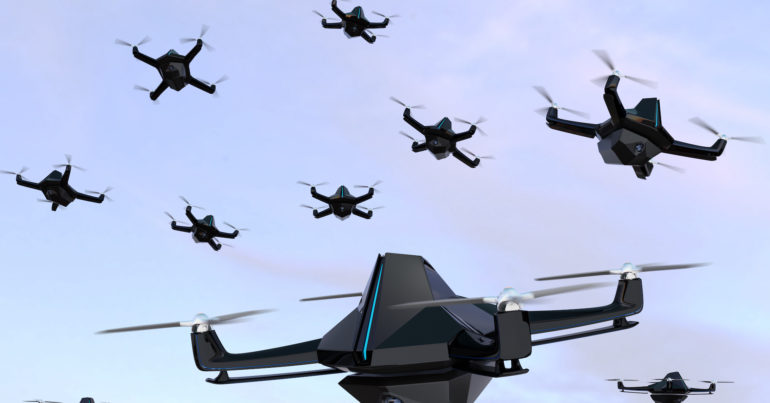Other researchers have been investigating ways to operate multiple robot swarms in such a way that complexity is efficiently propagated to all the robots. However, these systems are frequently inefficient in terms of scalability, as each robot requires sophisticated sensors, external networking infrastructures, and computers. “We’re presenting a method for combining these two approaches to robotics,” Eliseo explained.
One line of research has concentrated on constraining multi-robot systems one constraint at a time. This may entail disabling the network, lowering sensing capabilities, or restricting computing.
Collective decision making
This burgeoning new field of collaborative decision-making blends swarm behaviour and collective control. The area began by investigating various ad hoc approaches to communal decision-making and subsequently progressed toward a more generic framework.
At one extreme of this paradigm, robots are taught to make decisions based on what is optimal for some aspect of the environment, such as the amount of food or light available. The robots are unaware that they are contributing to the solution of a common problem. The researchers were attempting to determine ways to motivate the robots to solve little tasks that added up to a larger task. A distinct issue is to reach a consensus on a course of action that minimises expenses such as energy or travel distance.
The researchers included a few knowledgeable individuals with a broader understanding of the environment in their study to help steer collective decision-making in a certain direction. Earlier studies examined how to coax robots to congregate in one location. This occurs when ants are drawn to a large pile of food by the trail of pheromones left behind by other ants.
However, what if you want the ants to form two groups in order to transport a whole slice of watermelon and the smaller cherry adjacent to it? The goal is for the ants to automatically determine how to proportionately divide themselves between the much bigger group required for the heavier watermelon and the much smaller group required for the cherry. Nanomedical robots may entice additional robots to focus on a larger tumour, with a few branching off to work on a smaller one.

